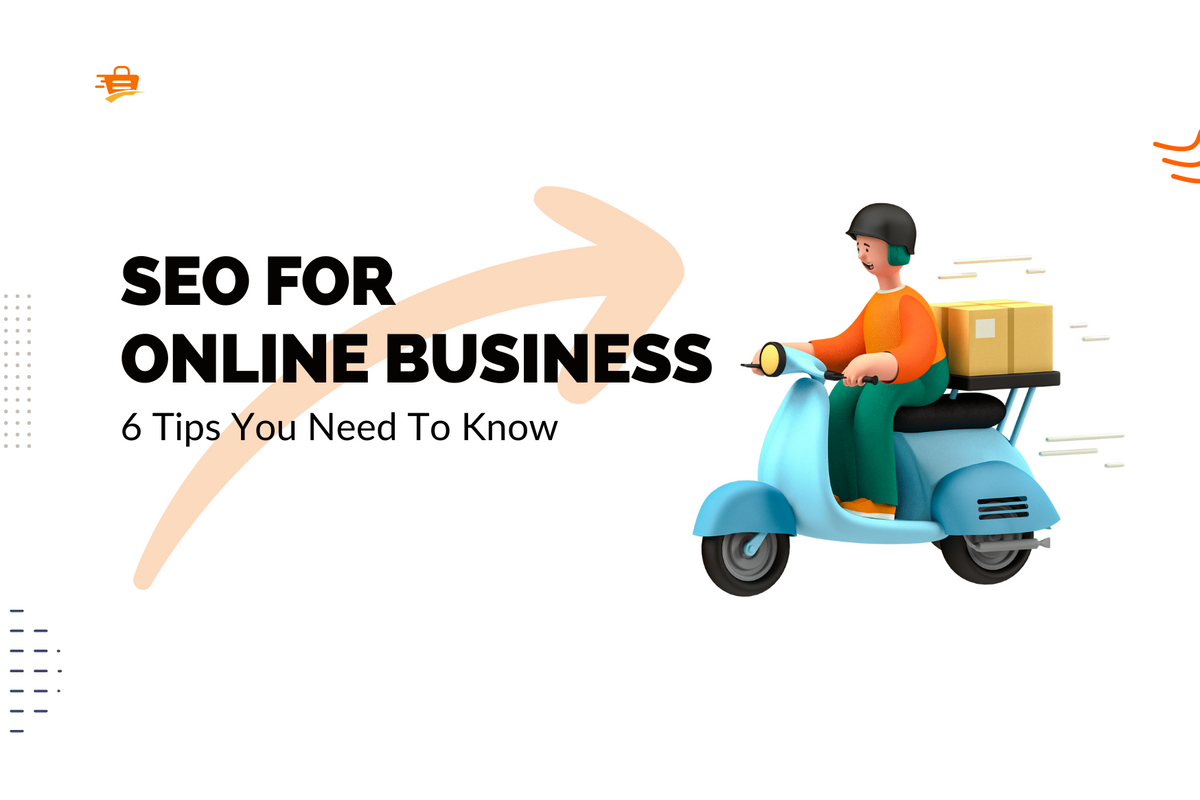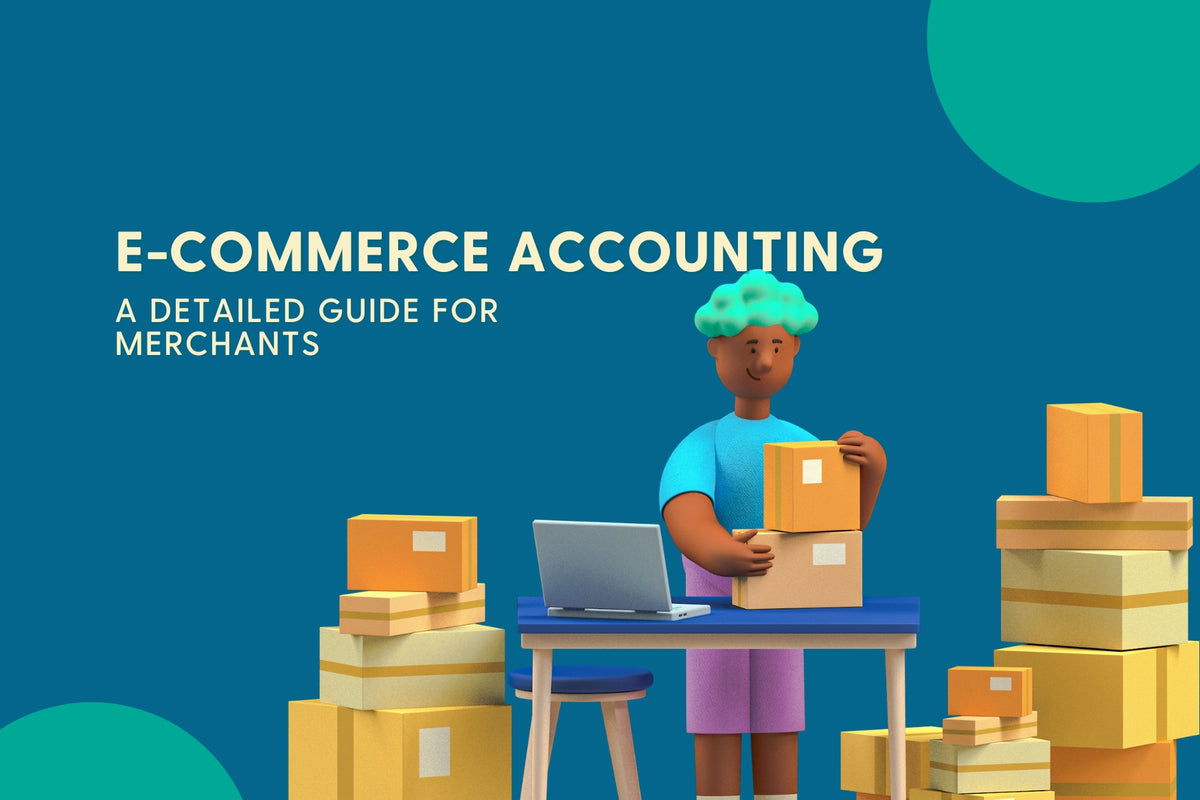Different approaches to making product discovery easy and convenient
Every business aims to make the user's journey from the visit to the purchase as smooth, seamless, understandable, and convenient as possible. To help achieve this, store owners need to make sure it’s easy for shoppers to find the product they are interested in. The site search tools, menu, and collection navigation structure are essential here.
There are several approaches you can take when developing an online store. Some focus on working out the site menu, taking the user from the main page as deep as possible into the collection in one click or the minimum number of clicks. Or, on the contrary, make the user wander through the collections hoping that they will be interested in both this and that, not just what they came for.
Another approach is to make searching easy and minimize interaction with menu navigation, as it can only confuse users. But what do users prefer? Which way do they choose?
Several studies and surveys have been conducted on the topic of how online shoppers prefer to browse through the site. Here are some key findings:
- According to a survey by eConsultancy, 30% of online shoppers prefer to use on-site search to find products, while 70% use category or filter navigation.
- A study by Baymard Institute found that 54% of online shoppers prefer to use category navigation to find products, while 46% prefer on-site search.
Of course, the results will vary since much depends on the specific characteristics of the market where the study was conducted and the sites that were studied. However, two key conclusions can be drawn:
- Many users will prefer navigation and filters, and a smaller proportion will choose site search.
- The proportion of those who use the search must be addressed, meaning that both possibilities must be worked out almost equally. The site should not have weak points.
Beyond Navigation and Search
As you can see, the search, which is a faster path, although it makes up a significant share, is overall less favorable than the path through navigation and filters - a longer path. Paradoxically, it turns out that the user wants to go a long way. Why does this happen? It's not about speed or number of clicks. Users must make sure that they find exactly what they need. They want to go their own way to choose the product they want. Therefore, they will carefully filter, and if users are allowed to personalize an offer for themselves, then they are likely to use it.

A Salesforce survey found that 80% of consumers are more likely to do business with a company that can personalize an offer. Another study by Accenture found that 75% of consumers are more likely to buy from a retailer that recommends products based on their purchase history or can offer personalized product options. And there are no discrepancies in these results. There is a clear trend towards personalized and configurable experiences. A significant proportion of users, more than 2/3, would like to receive a customized offer, a product they could configure themselves to suit their needs and desires.
This is far beyond the task of providing convenient navigation and search. Users who go through two different paths through the search or collection filters get the same result. A 2019 study by Wolfgang Digital found that 42% of e-commerce website traffic came directly to product pages, bypassing the homepage and all navigation, filter, and search features. So shoppers may still be disappointed if the final offer does not allow them to configure the product.
The Impact of Bundles
This is where different tools come into play. Bundles are one of the most popular among sellers. They are often considered merely a marketing or advertising tool to sell old stock items, but this needs to be clarified. When done right, bundles can significantly impact the user experience. By offering unique bundle products, merchants can differentiate themselves from competitors and attract customers seeking exclusive or personalized options. Offering attractive bundle products can create a positive shopping experience that increases customer loyalty and encourages repeat purchases.
MBC Bundles App is an example of how bundles can be used effectively. MBC Bundles offer a high level of customization, allowing store owners to choose from various layouts and design options to create unique and visually appealing bundles. The application is highly flexible, allowing store owners to create different bundle types and set rules for which products can be included in the bundle. This includes regular bundles like multipacks and more complex options such as Mix & Match and Collection Bundles. Why did we mention these two bundle types? Because they are the ones that provide the most possibilities for users to configure their purchases. Let's take a closer look.
Mix & Match bundles allow customers to create customized bundles using product variants and corresponding quantity options. Bundle creators can specify required and optional products for inclusion and use a widget to display cross-sell offers on the product page. The minimum number of products required for purchase can also be adjusted, and customers can modify the number of specific items within the bundle. Individual percentage discounts can be set for each product, providing additional value for customers.

Collection Bundles allow store owners to choose specific collections for customers to select from. Customers can select any product from the desired groups to complete their bundle. A widget displays cross-sell offers on the product page, and the quantity of each product is set. Customers can swap out the initial bundle product for any other product in the selected collection.
Merchants have plenty of flexibility and control over the bundle creation process as they can customize the look and feel of the bundle to match their brand and target audience. Whether you opt for Mix & Match or Collection Bundles, your customers will appreciate the ability to tailor their purchases to their needs and preferences.
Conclusion
In conclusion, over two-thirds of online shoppers seek a personalized and configurable experience when making purchases, making it essential for sellers to work out all options for the user's path. This includes the use of collections and filters, as well as search. At the product page stage, sellers should provide a personal value proposition that users can customize for themselves. By utilizing tools such as bundles, merchants can create a positive shopping experience that attracts customers and encourages loyalty.



